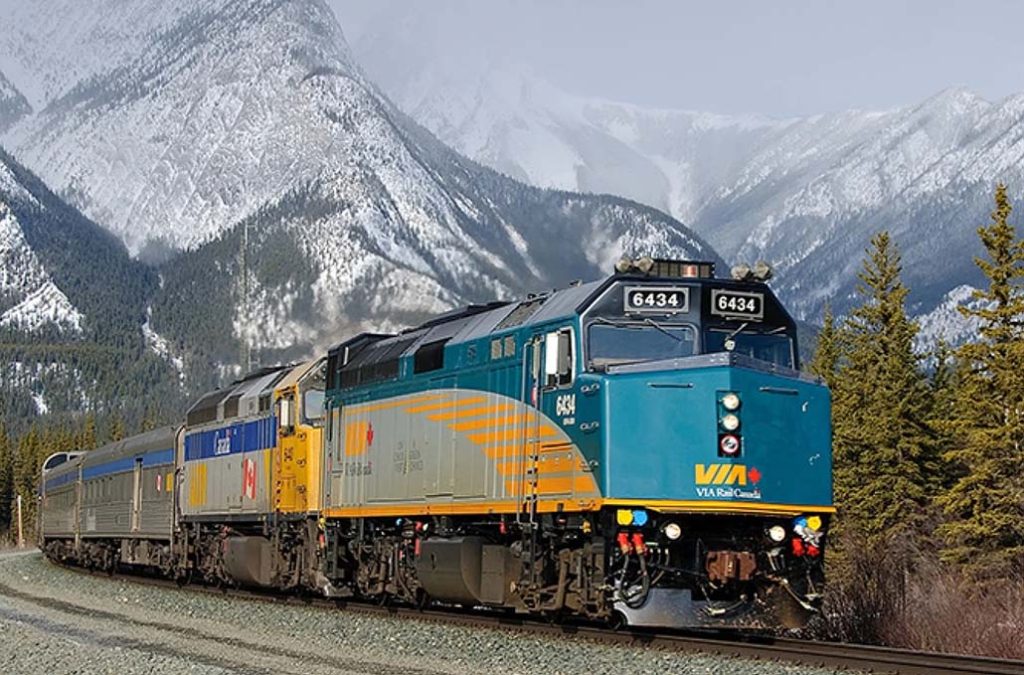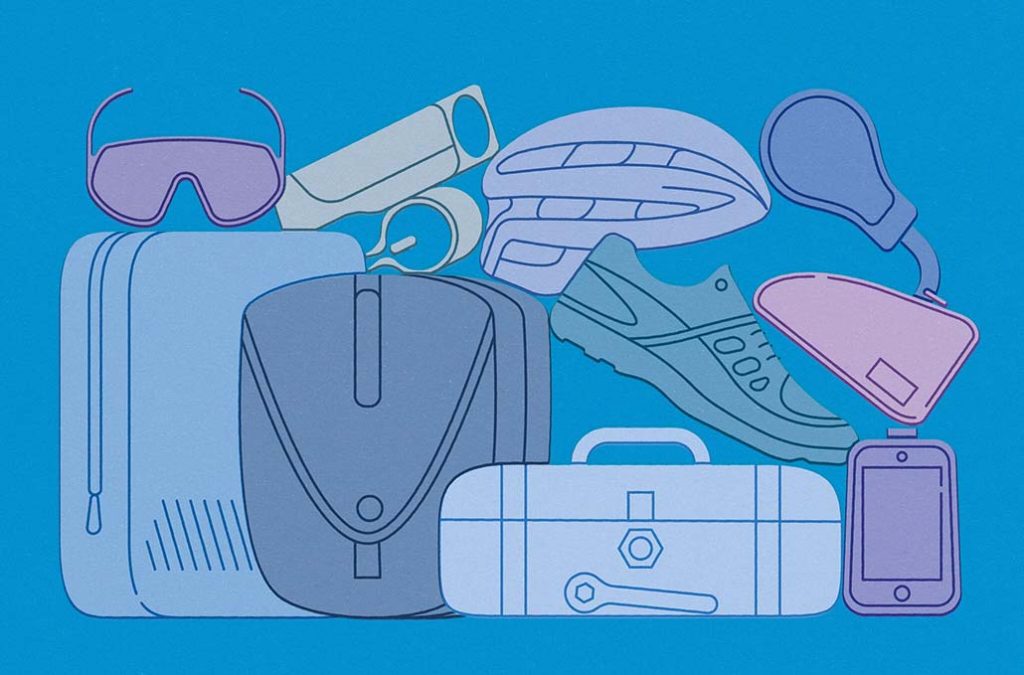I often receive questions from my readers about how to make their trip to Canada smoother and more memorable. In fact, traveling to Canada is not just about experiencing breathtaking natural landscapes but also about immersing yourself in diverse cultures. I will share some key tips to help you better plan your trip to Canada and make it a trip to remember.
1. Understand the Weather and Seasons in Canada
Canada’s weather can be unpredictable, especially during the fall and winter seasons. If you’re planning to visit in winter, make sure to pack warm clothing and a thick jacket. Canadian winters can be extremely cold, particularly in the northern regions and higher latitudes, where temperatures can drop to -20°C or even lower. On the other hand, if you’re visiting in the summer, the temperature is generally milder, but there could still be sudden cold spells. The weather in Canada is diverse, so it’s always a good idea to check the forecast for the specific region you’re visiting before you leave.
2. Allow Enough Time for Your Trip
Canada is a huge country, and the distance between cities can be vast. If you’re traveling from Vancouver to Montreal or even Quebec, for example, a flight could take around 4-5 hours. To fully experience Canada’s charm, I recommend planning your time wisely according to your destinations. Pay close attention to flight schedules and transportation options to avoid feeling rushed. If you plan to explore different natural sights and cityscapes, a well-paced itinerary is essential.
3. Be Aware of Canada’s Culture and Etiquette
Canada is a multicultural country, home to immigrants from all over the world. In fact, in Quebec, French is the primary language, while the rest of the country predominantly speaks English. While traveling in Canada, you’ll find that many places have bilingual signs, especially in urban areas, so there’s no need to worry about a language barrier. That being said, it’s always a good idea to learn about local cultural norms and etiquette. Canadians are generally very friendly, but they also value personal privacy and courtesy. Respecting their customs will make your trip more enjoyable.
4. Choose the Right Transportation
When it comes to traveling in Canada, choosing the right mode of transportation is crucial. Given the vast size of the country, with its diverse landscapes ranging from bustling urban centers to serene wilderness, the way you move from one place to another can significantly affect your overall experience. While public transport can be convenient in urban areas, a bit of planning is needed to ensure you make the most out of your journey, especially when visiting remote areas or natural attractions.
Public Transport in Major Cities
In Canada’s major cities like Toronto, Vancouver, Montreal, and Ottawa, public transport is efficient and user-friendly. Most urban areas have well-established networks of buses, subway systems (like the Toronto Transit Commission – TTC), light rail (e.g., Montreal’s Metro), and even commuter trains, such as Vancouver’s SkyTrain. These systems are not only affordable but also convenient, especially for tourists who want to visit city landmarks, museums, parks, and shopping areas without the hassle of parking or traffic.
Key Points:
- Toronto: The subway system is extensive and connects most key areas, including the downtown core, major attractions like the Royal Ontario Museum, and neighborhoods like Yorkville. Buses and streetcars are widely available, and many tourists also use ride-sharing apps like Uber for added convenience.
- Vancouver: The SkyTrain is one of the most efficient ways to get around the city and nearby areas like Richmond and Burnaby. If you’re heading downtown or to Stanley Park, the public transportation system is quick and reliable. Vancouver also has a wide range of bike rentals, perfect for those who want to explore the city on two wheels.
- Montreal: The Montreal Metro is a great way to get around, with stops near all the city’s popular attractions, including the Old Port and Mont Royal. Montreal also has a bike-share program called BIXI, which is great for sightseeing.
Renting a Car for Exploring Remote Areas
Canada is a vast country, and if you plan to venture outside the major cities, renting a car is often the best way to get around. From the towering peaks of the Rocky Mountains to the stunning coastlines of British Columbia and the wildlife-filled national parks, many of Canada’s most incredible attractions are in remote areas where public transport doesn’t reach. A car gives you the flexibility to explore at your own pace and visit some of the more secluded destinations that are difficult to access without one.
When renting a car, consider the following factors:
- Road Conditions: In many rural areas, roads may not be as developed as in cities, so it’s important to rent a vehicle that’s suited for diverse terrains, especially if you’re traveling in mountainous regions or through forests. For winter travel, it’s also essential to rent a vehicle equipped with snow tires.
- Fuel Stations: While fuel stations are generally easy to find in cities, in remote regions they can be sparse. Be sure to fill up your tank whenever possible, especially when heading into less populated areas.
- Navigation: Canada’s vast and expansive geography means that some areas may have limited cell service. Investing in a GPS device or offline map app for your phone can be incredibly useful when driving through less connected areas.
Key Road Trip Destinations:
- Banff and Jasper National Parks: If you’re heading to the Canadian Rockies, renting a car is the best way to explore these stunning national parks. You’ll be able to stop at scenic viewpoints, enjoy wildlife sightings, and go hiking in areas that would be difficult to reach via public transport.
- Vancouver to Whistler: This iconic road trip along the Sea-to-Sky Highway is one of the best drives in Canada. The journey offers jaw-dropping views of the Pacific Ocean and coastal mountains, with opportunities to stop for photos and hikes.
- Prince Edward Island: If you’re visiting this charming island, a rental car will allow you to easily travel between coastal towns, visit historical sites, and explore its picturesque lighthouses at your own pace.
Traveling by Plane for Long Distances
While renting a car is fantastic for regional travel, Canada’s sheer size makes flying the best option for traveling between distant cities. Flights are widely available between major cities like Toronto, Vancouver, Montreal, Calgary, and Ottawa, and they’re generally affordable if booked in advance. Domestic airlines like Air Canada, WestJet, and Porter Airlines offer multiple flights daily and are a great way to cover large distances in a short amount of time.
Key Considerations:
- Flight Times: Flight durations between major cities typically range from 2 to 5 hours. Flying is a good option if you’re trying to explore both coasts or want to minimize the time spent traveling overland.
- Booking Early: Domestic flights in Canada can sometimes get expensive, especially during peak travel seasons like summer and holidays, so it’s advisable to book tickets early to get the best deals.

Other Alternative Transportation Options
- Train: For a scenic and relaxed way to travel, you might consider taking the train with VIA Rail. Trains run between major cities and offer the chance to take in Canada’s natural beauty from the comfort of your seat. It’s a great option if you’re not in a hurry and want to enjoy Canada’s landscapes without the stress of driving.
- Biking: In certain regions like Vancouver or Montreal, biking can be a great way to explore the city. Canada also boasts some fantastic bike trails, including the Trans-Canada Trail, which stretches across the country.
- Boat: If you’re exploring areas like the Niagara region or parts of British Columbia, you may find boat tours or ferries to be an enjoyable and practical transportation option. These can offer unique views of coastal areas, islands, and national parks.
Choosing the right transportation for your Canadian adventure will depend on your itinerary and preferences. Public transportation is excellent in urban areas and can save you time and hassle when visiting key landmarks. However, if you’re eager to explore Canada’s natural beauty and remote destinations, renting a car or flying is essential. Be sure to plan your transportation in advance so that you can make the most of this beautiful, vast country.
5. Explore Canada’s Natural Wonders
Canada is known for its stunning natural attractions, from the Rocky Mountains to Niagara Falls. Whether you’re into skiing, hiking, or camping, Canada’s outdoor offerings are second to none. For photography enthusiasts, don’t forget to bring your camera to capture the stunning landscapes. In winter, places like Banff National Park and Whistler offer unforgettable snow-capped mountain views that you’ll want to snap pictures of, making your trip truly memorable.
6. Learn a Few Local Phrases
Although English is the primary language in Canada, French is widely spoken, particularly in Quebec. Learning a few basic French phrases will enhance your experience, especially in areas where French is dominant. While most Canadians understand and speak English, knowing some basic French greetings can make you feel more connected to the local culture. It’s always appreciated when travelers show respect for the language and culture, and it will help you feel more integrated during your trip.
7. Pack the Right Gear
Canada’s travel needs are unique, especially when you visit natural landmarks, so packing the right gear is crucial. First and foremost, make sure you bring comfortable and durable shoes, especially if you plan on hiking or engaging in outdoor activities. A waterproof and windproof jacket is also essential, particularly if you’re visiting during winter. Additionally, I recommend carrying a high-quality portable charger, as many natural areas in Canada may have limited phone reception, and you’ll want to stay connected. Staying prepared for the unpredictable nature of travel is key.

8. Choosing the Perfect Souvenir
One of the best parts of traveling is bringing home a meaningful souvenir. In Canada, the selection of unique items is vast, thanks to its cultural diversity. Whether it’s handcrafts from a local market or a souvenir reflecting Canada’s cultural heritage, there’s something special to bring back from every region. These souvenirs not only help you remember your trip but also serve as a meaningful connection to the places you’ve visited.
Bringing Canadian Charm to Your Home: Addison Ross Offers Perfect Home Décor
After experiencing Canada’s natural beauty, why not bring back a piece of craftsmanship to your home? Addison Ross offers a wide range of exquisite handcrafted home décor, including elegant picture frames, mirrors, and other beautiful home accessories, perfect for showcasing your memories of Canada. Based in Northumberland’s scenic Cheviot Hills in the UK, Addison Ross ships worldwide, allowing you to enjoy traditional British craftsmanship fused with contemporary design, no matter where you are. With Addison Ross, you can bring the beauty of Canada into your home, and add a unique touch of elegance to your living space.
The refined décor items from Addison Ross can be the perfect addition to any space, whether on your office desk, in the living room, or in your study. These decorations are sure to become the highlight of your home, making it a perfect place to reflect on your journey. Purchasing Addison Ross products is more than just adding beautiful art pieces to your home; it’s a way of bringing global culture and artistry into your life.
By following the Canada travel tips shared in this article, you should be able to better plan and enjoy your North American journey. And don’t forget to pick up a special souvenir to remember your time in Canada. Addison Ross’s exquisite home décor items make the perfect companion for your travels, allowing you to bring home a piece of artistic charm from your journey and adding a unique touch to your living space.

